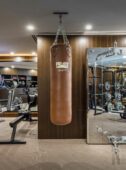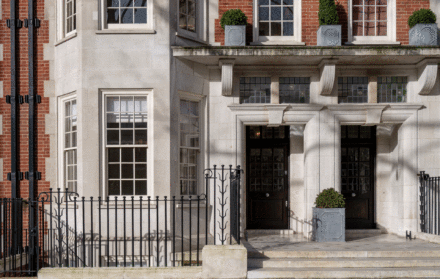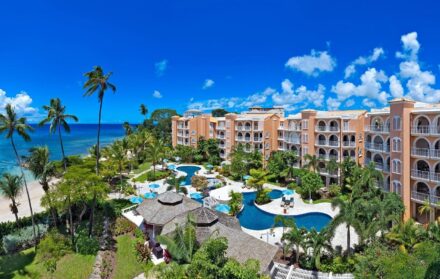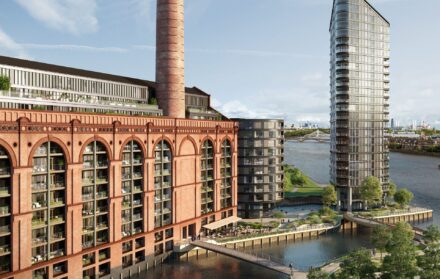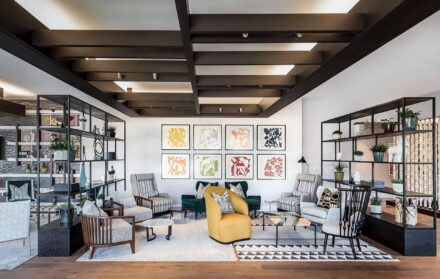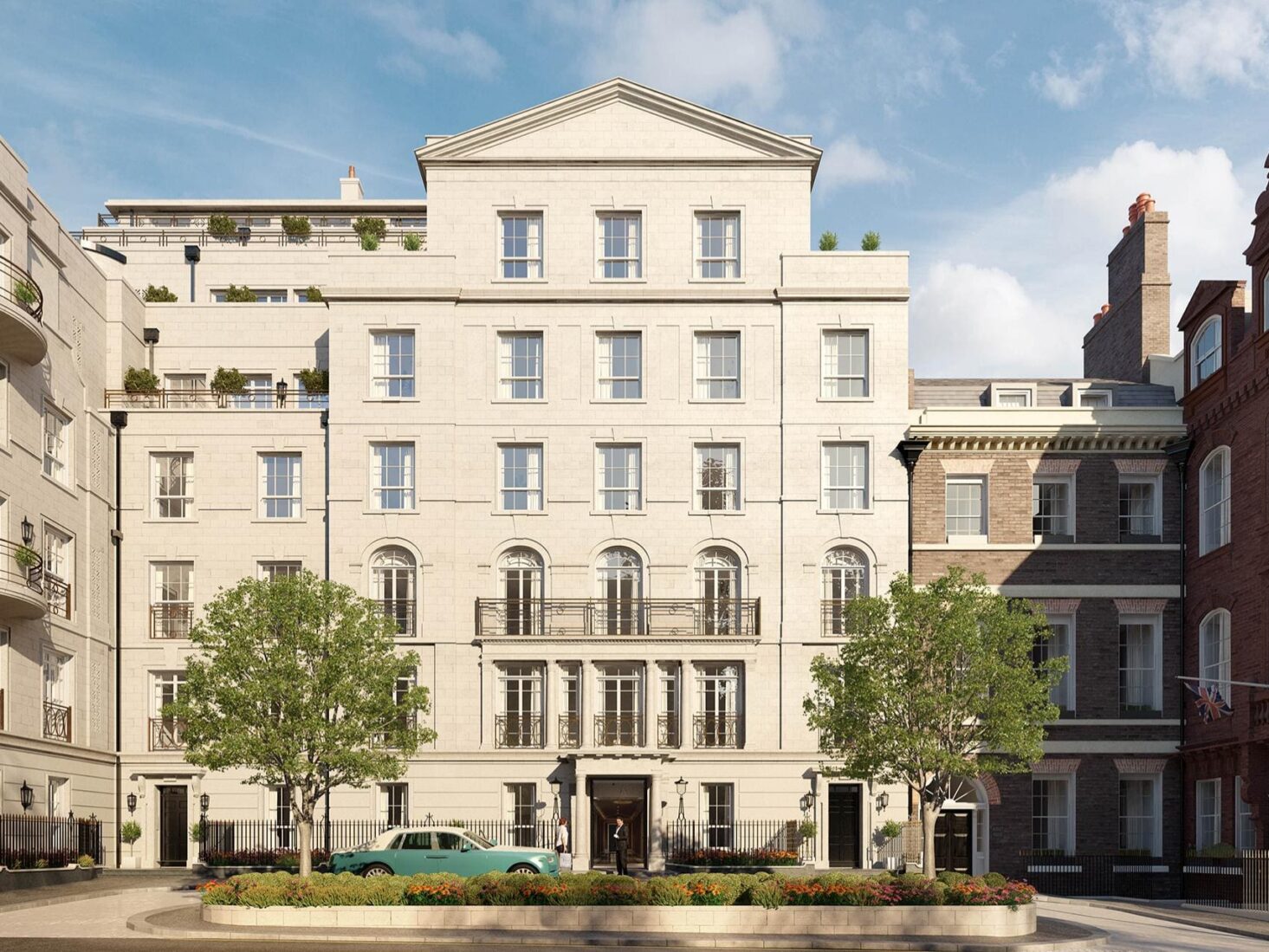
Billionaire businessman John Caudwell moves into Mayfair
Telecommunications mogul turned property developer and philanthropist, John Caudwell has pledged to donate 70 per cent of his £1.5bn fortune to charitable causes. As work continues at his Audley Square apartment development, the UK’s former highest
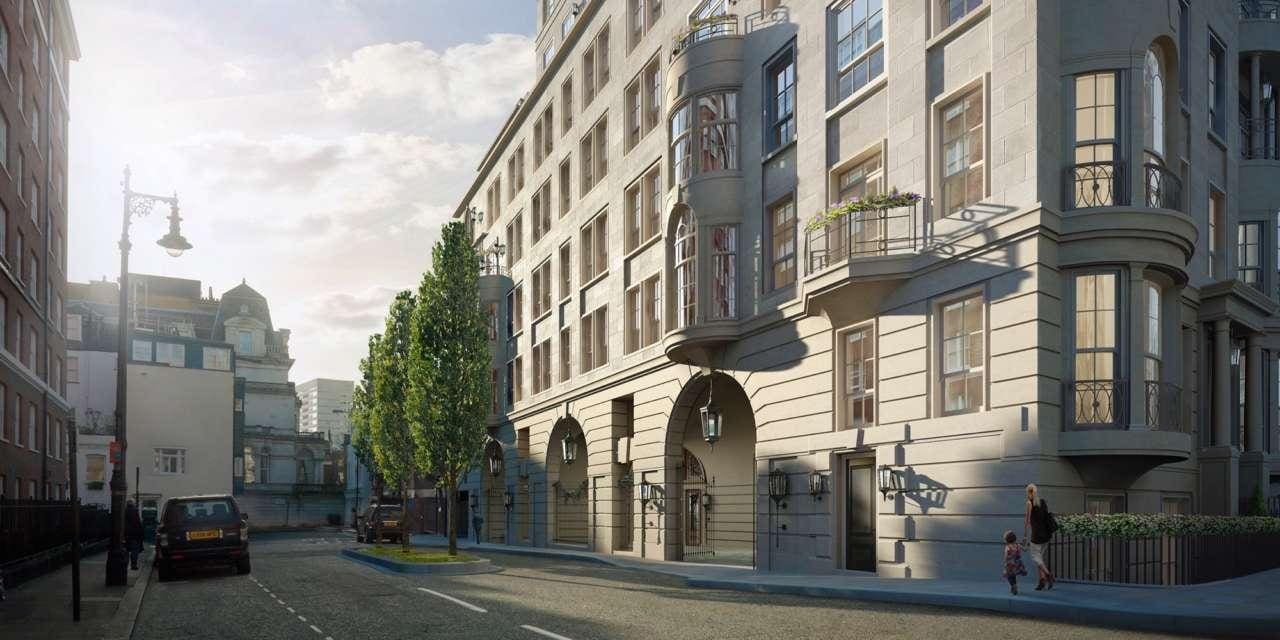
John Caudwell is building his new home. It will total more than 40,000 sq ft, comprising two Grade II-listed houses linked by a basement. When the project is finished – scheduled for this September – it will have an additional three storeys in the basement and feature 15 bedrooms, a ballroom, five kitchens, a nightclub, theatre, spa complex and underground stacker system for eight cars. The exterior of both buildings will have undergone full restoration.
The interior will also be suitably impressive, with lots of marble, stone, mosaic, oak timber parquet and bespoke carpet. Not to mention a tropical plant-packed rooftop conservatory – complete with river and fish – inspired by the new owner’s love of Thai food. Well, why not?
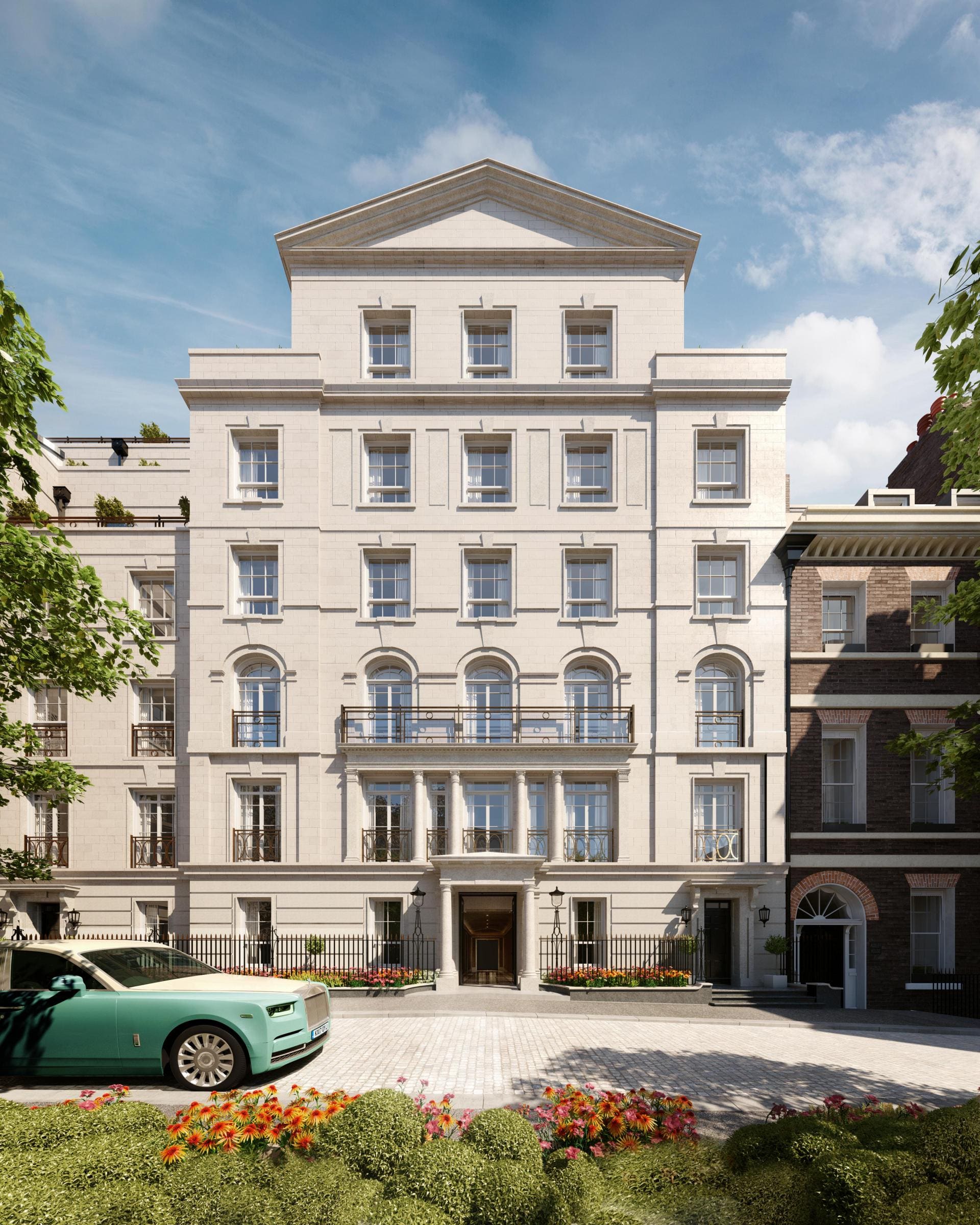
What is perhaps most striking of all about this four-year project is that Caudwell’s new home isn’t in the country, where such space and extravagance might be more expected. No, it’s in the middle of Mayfair, on Chesterfield Street.
“It’s been a huge job, and so much of the success of the end result is in picking up on the detail. But that’s who I am. I’m a very detail-oriented person,” says 66-year-old, Birmingham-born Caudwell. “I have a knack for picking up mistakes.”
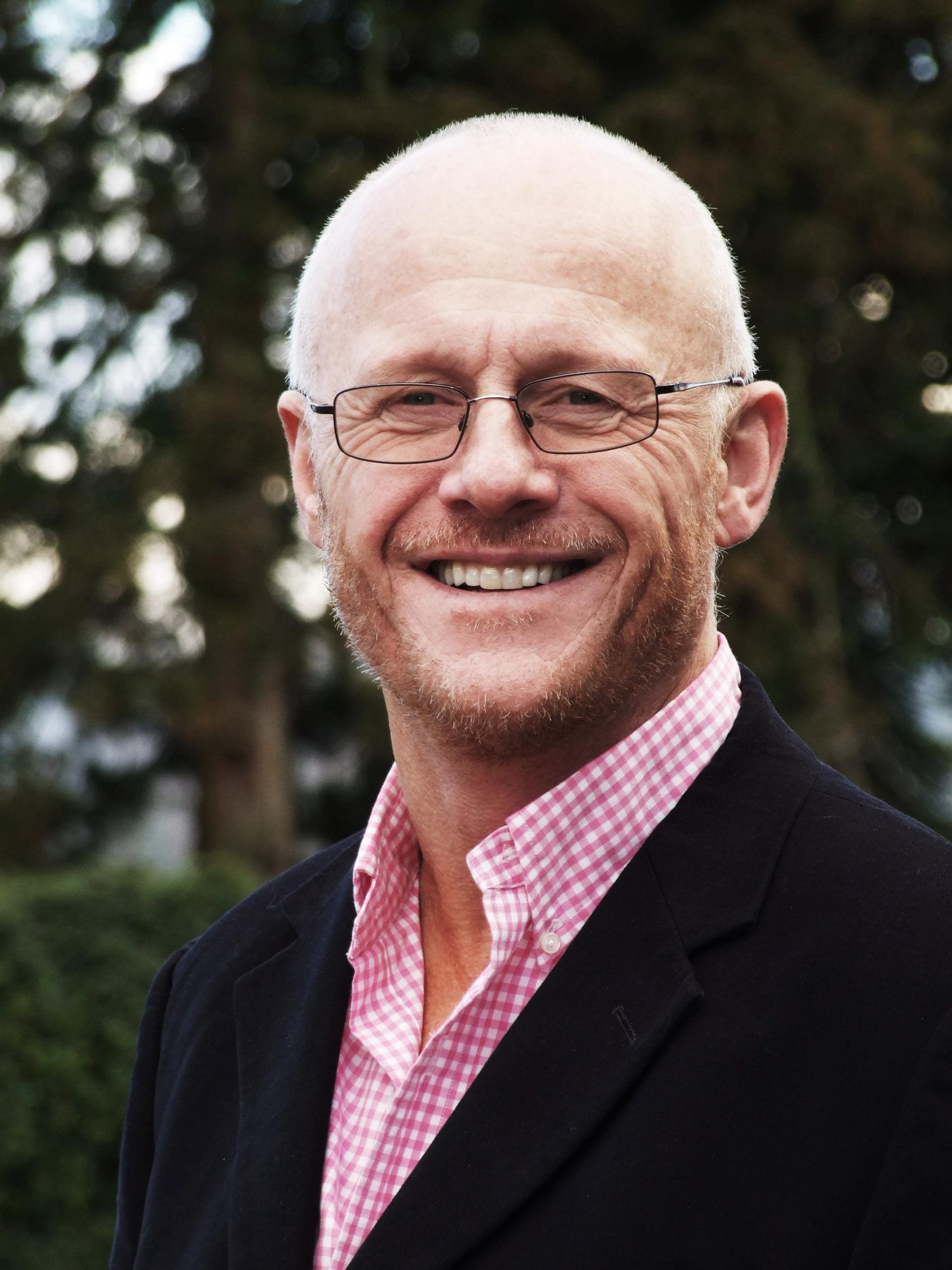
Caudwell, for those who don’t know the history of what might be their most treasured possession, was the founder of Phones4U, a now defunct retail chain that helped drive the mobile phone revolution in the UK. The one-time car dealer bought 26 brick-sized mobile phones from Motorola in 1987, at the dawn of the technology, after he spotted auction hunters using them. He took eight months to sell them and from that built a business that at one point employed 10,000 people.
In 2006, Caudwell – sensing the winds of change in his market – sold the business, pocketing around £1.25bn, a net worth he’s reputed to have since pushed up to something closer to £1.57bn. That explains how he can afford to be obsessive about the finer points of his new Mayfair palace. But just why he is, is another matter.
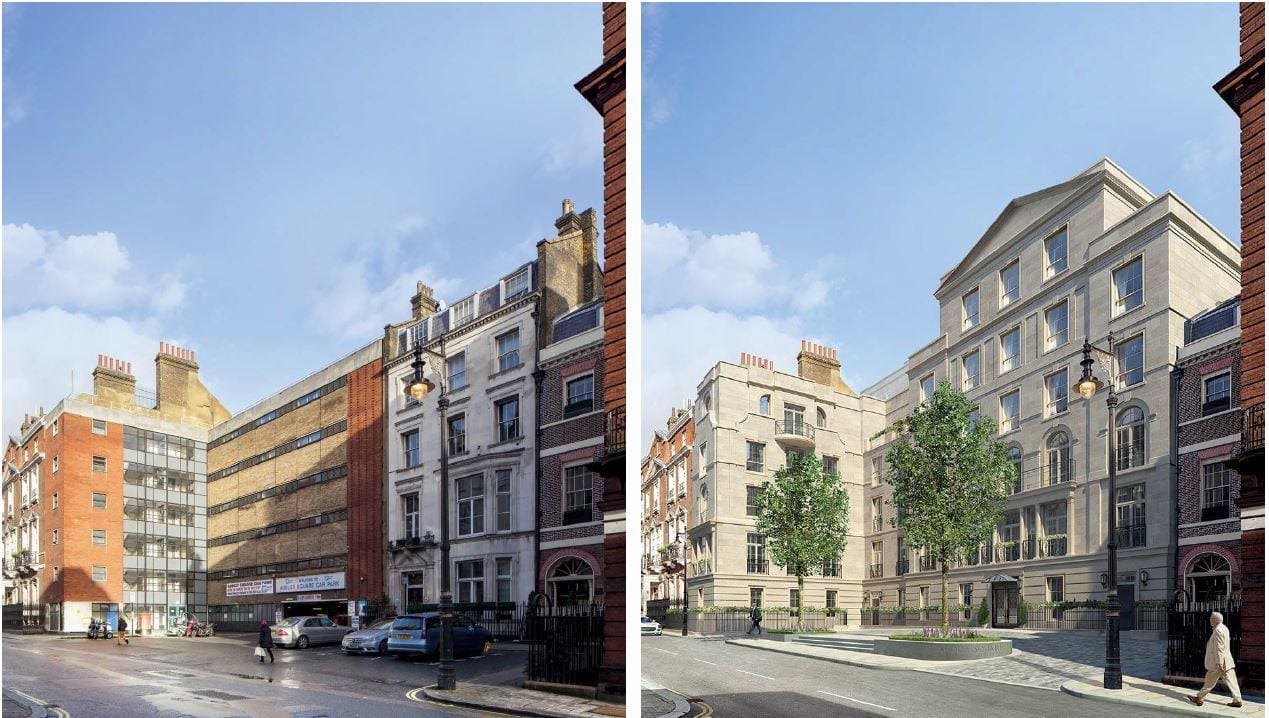
It turns out that Caudwell is something of a secret aesthete – to the extent that he bought the house next door to another of his developments, on Mayfair’s South Audley Street, in order to oversee work. The site being developed was a car park – a rather unsightly one, given the 18th and 19th century surroundings – which has since been levelled and will, within the next four years, be a building of some 29 apartments. Or “super, super prime apartments,” as Caudwell enthusiastically calls them.
“It’s a project that offers the combination of creativity, pleasure and profit. And the third one of those is, believe it or not, the least important,” he says. “I wouldn’t have done it if there’s wasn’t profit at all in it – I’m not interested in being a busy fool. It’s commercial, but it’s also transformative, and my primary motivation is to make ugly places into beautiful ones. It’s not philanthropic exactly, but I am horrified by horrible architecture – many of the buildings that went up in the 1960s and 70s. It damages the visual environment, and people’s view of London. We need buildings that in 500 years’ time people will still think are beautiful. Does that mean a certain style? Absolutely. It’s classical and richly detailed, which I feel is most people’s idea of a beautiful building. And when the world’s super-rich want a home, they want it to have those [aesthetic] layers.”
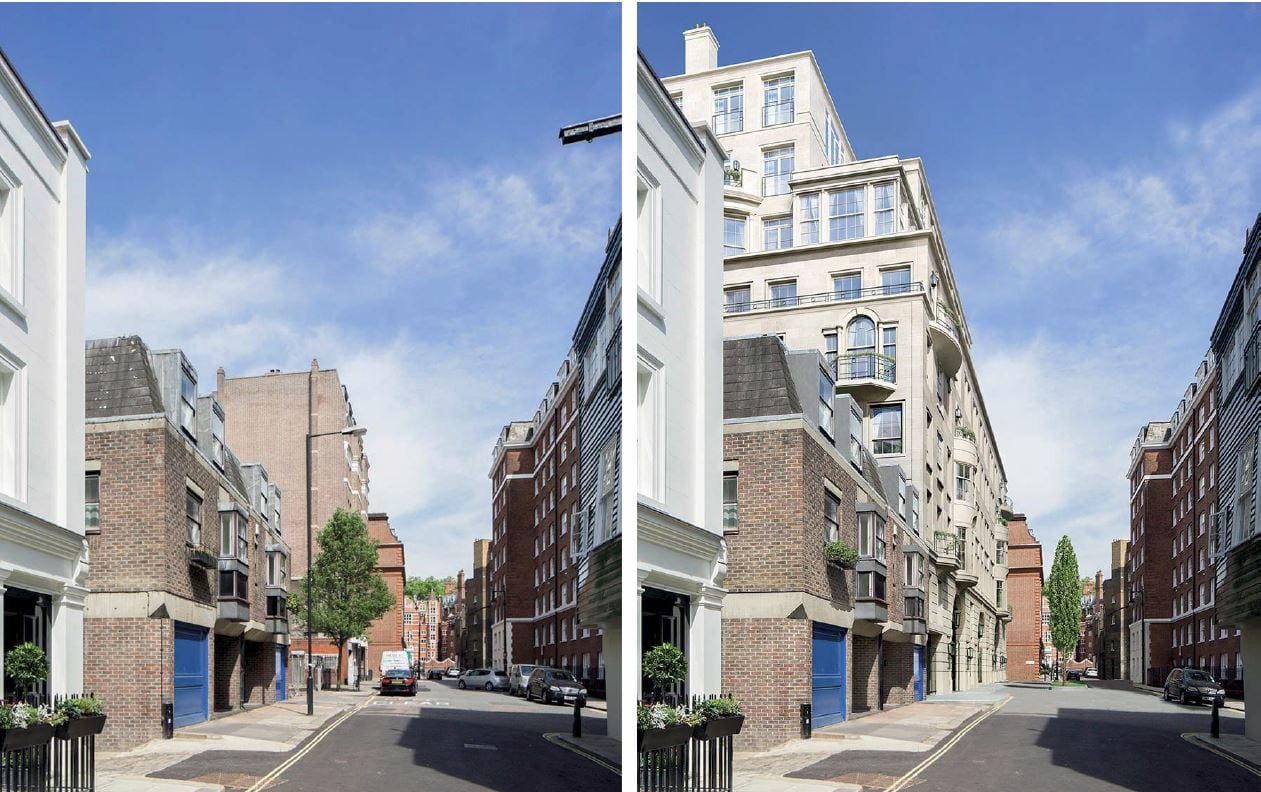
In terms of the super-rich. it might be said that it takes one to know one, although Caudwell argues that just because he’s a regular on The Sunday Times Rich List doesn’t mean he can guarantee his fellow billionaires will share his taste. Some, he concedes, will prefer the distinctly contemporary, “but if I’m swamped with people wanting to buy these properties, then I’ll know I was right,” he smiles. The Mayfair schemes aren’t Caudwell’s only property projects. He’s also building “best in class” apartments in Cap d’Antibes in the south of France, as part of his property development company Caudwell Collection, and is restoring hotel building Le Provencal there in a contemporary Art Deco style.
Caudwell certainly appears energised by his new-found interest in supplying his fellow wealthy types with what he says will be exceptional places to live. And he really doesn’t mince his words on this. His Mayfair apartments will be among “the world’s most desirable properties”. Still, it all seems to be a very different world from selling mobile phones. Is property a kind of hobby, something for him to do, or are these buildings about much more – about creating a legacy?
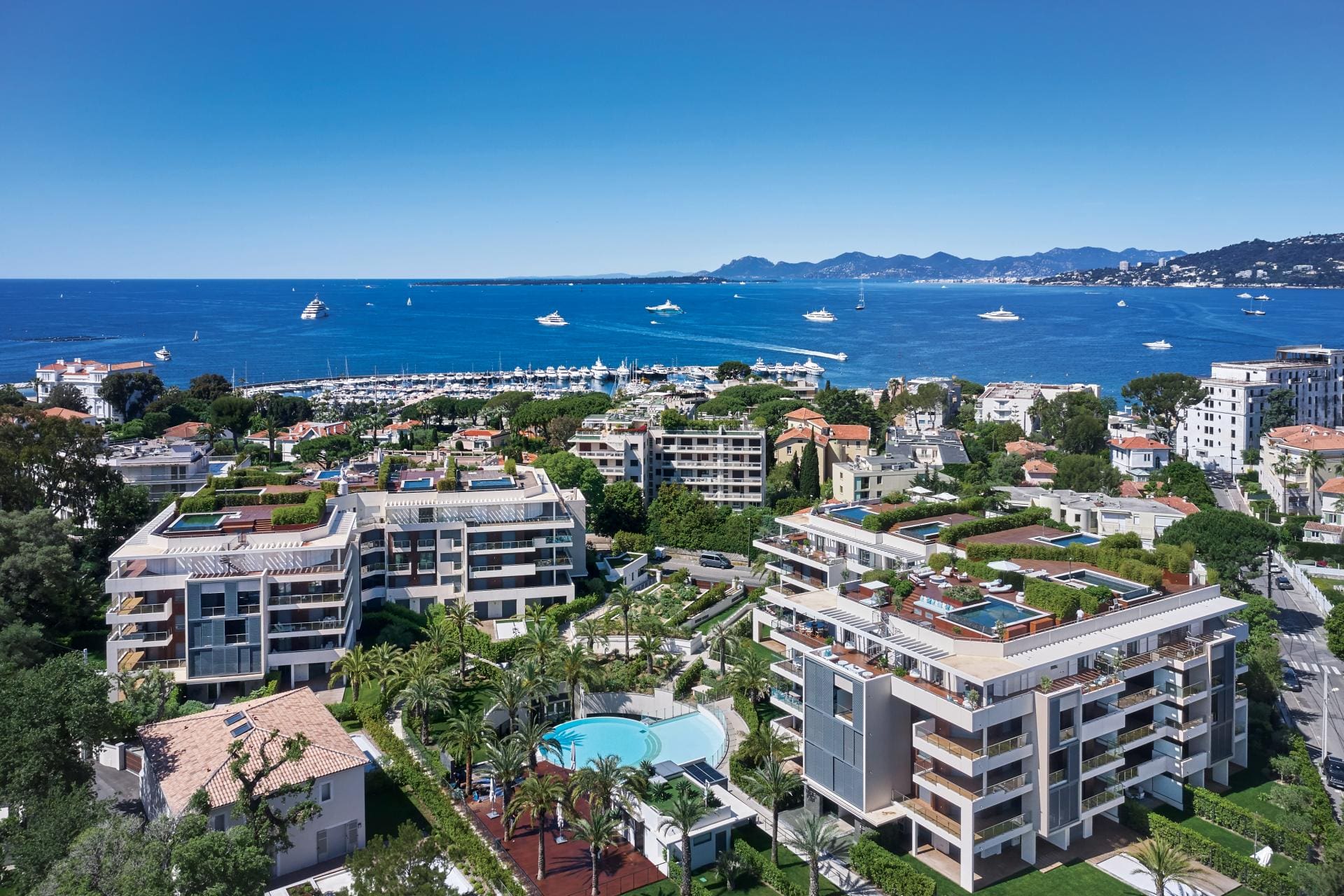
“With mobile phones I was building a business with huge value at the cutting edge of technology, as mobile phones were back then. I enjoyed the dynamism. And the difficulties – because wherever there are difficulties there are opportunities, because they make your competitors squeal,” Caudwell says. “We were making decisions by the second sometimes. It was edge-of-your-seat stuff and phenomenally tiring. But there wasn’t much creativity in it. Property development is hugely creative though, I couldn’t have chosen a more opposite activity in terms of speed. But I wouldn’t do it if I didn’t feel I wasn’t creating things of beauty; if it wasn’t spiritually rewarding. I don’t need to work hard on anything. I don’t need to work hard to make money, other than to be able to give it away.”
A long time ago, Caudwell changed his will and – before Bill Gates and Warren Buffet’s Giving Pledge popularised the idea – made a public commitment to give away 50 per cent of his fortune to good causes, a figure that he’s more recently increased to 70 per cent. A few million each for his four children is, he suggests, more than enough to have a positive impact and ripple down through the generations. Most of his day-to-day efforts now focuses on his Caudwell Children charity, which helps those families with seriously ill children who have reached rock bottom.
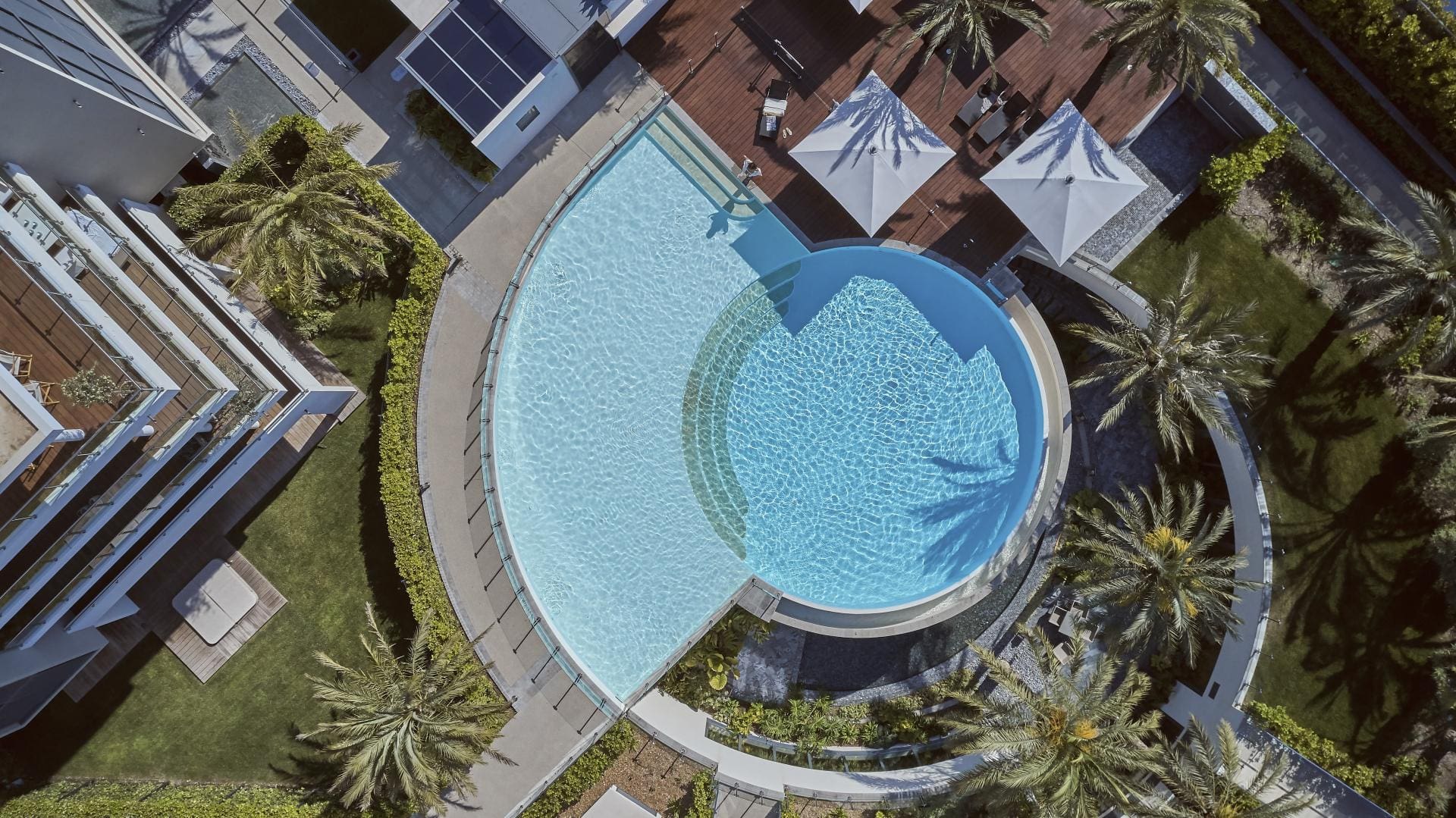
In fact, he feels somewhat obliged to give his money away. “Why, I don’t know,” he admits, “but I see how the world is a horrific place for a lot of people and I’m in a position where I could improve thousands, maybe hundreds of thousands, of lives. I don’t see how I could justify not doing so when I have the amount of money that I do. If I had half a million, I’d be less sure. I’d still want to but would feel less certain about my ability. But with this amount of mo
ney, yes, there’s an obligation. My feelings about philanthropy have always been the same: it’s about doing the most for the most people at the lowest cost, so for me philanthropy has to be immensely efficient. It’s my money, but it’s other people’s money too, so we have to deliver value.”
Caudwell is also concerned about the impact of the growing divide between the rich and poor. “It’s just so wide and needs to be narrowed,” he says, arguing for the admittedly unlikely creation of a global tax policy to prevent the super-rich from avoiding their tax obligations. He pays his taxes in the UK – admitting that he’s not above managing his tax contribution – and has to date, at least by one account, paid more than Google. By the same token, he’s opposed to what he calls “punitive” taxation of the well-off.
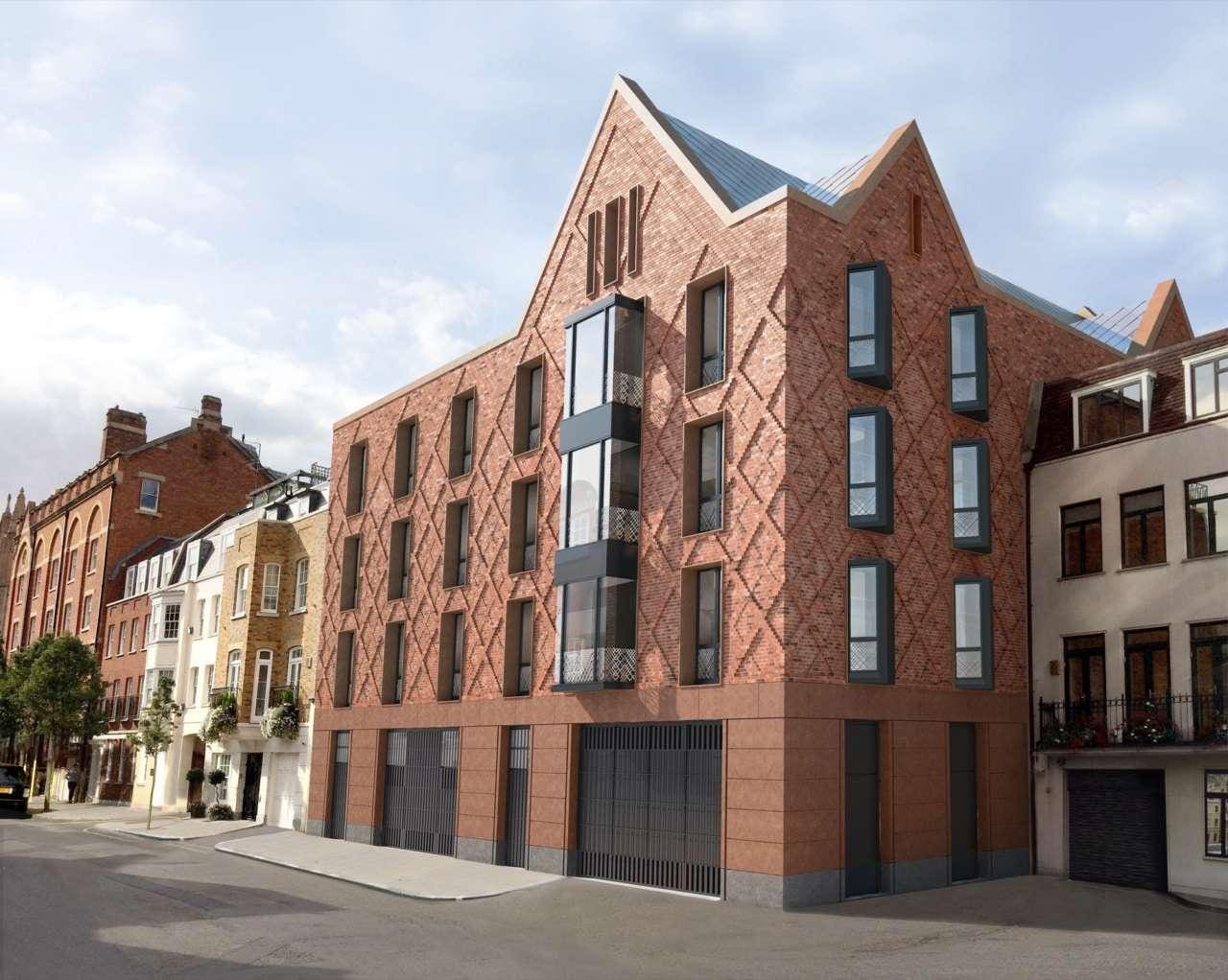
“Of course, the threshold [of what is punitive] is different for different people – mine is higher than that of people who have moved to Monaco, and I’m told that loads [of the very wealthy] are looking to move [to tax havens] now,” he says. “I pay taxes by staying in the UK and because I believe in the richness of the fabric of Britain. And my approach is to encourage more people with money to give it away.”
It doesn’t always work. “At my daughter’s wedding recently I was talking to a wealthy friend and he joked to me that he was one of those people I hate,” he laughs. “He’s very charitable but he’s also moved to Monaco. It’s not healthy for society, including the rich, for people to be as rich as they are now. We need to narrow the gap without driving the rich away.” That, in some sense, is what Caudwell argues he’s trying to achieve by creating these benchmark Mayfair homes: by attracting yet more of the very wealthy to London, he hopes to bring their spending power to the UK, so that they might stay long enough to generate jobs; and that, ultimately, they might choose to create a permanent life here in the UK and pay taxes accordingly.
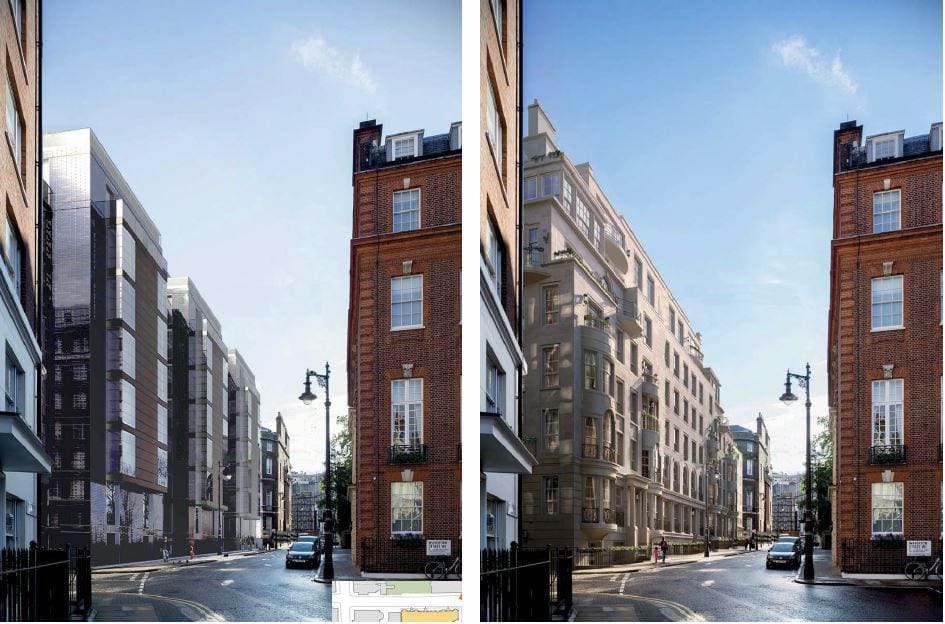
“Do we want London to become some utopian society for the filthy rich?” he asks. “Well, in a way, yes, because wealth spreads out, even if more needs to be done to get it out to the country beyond London. But that kind of wealth is already here and the fact is that it has to go somewhere. What is wrong, I believe, is frightening these people off. I could pontificate on this tricky subject for years.”
But he doesn’t. Caudwell must be off for another intense round of discussions regarding taps, or whatever it is that he knows will make for his ultimate home, or hopes will make a place in his Audley Street development a must-buy for the kind of people who, like him – and good for him – really don’t have to think too hard about the price at all.
